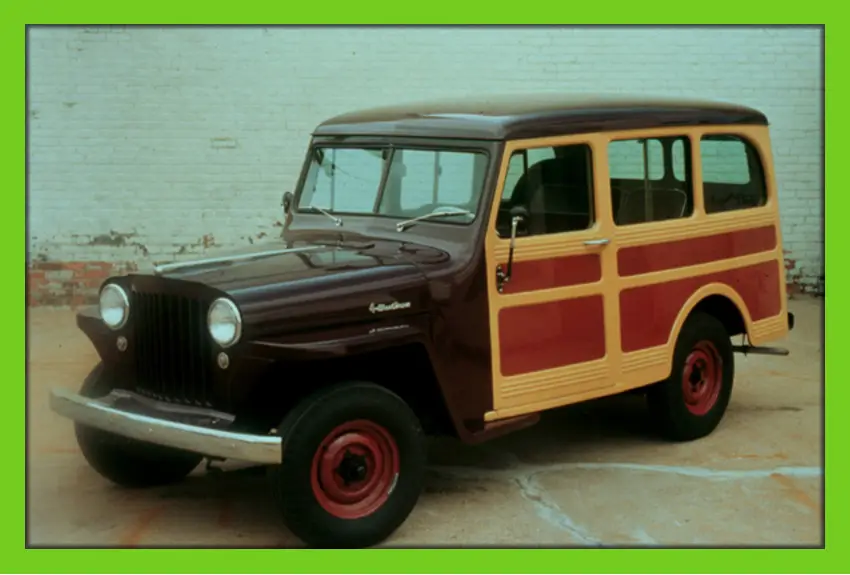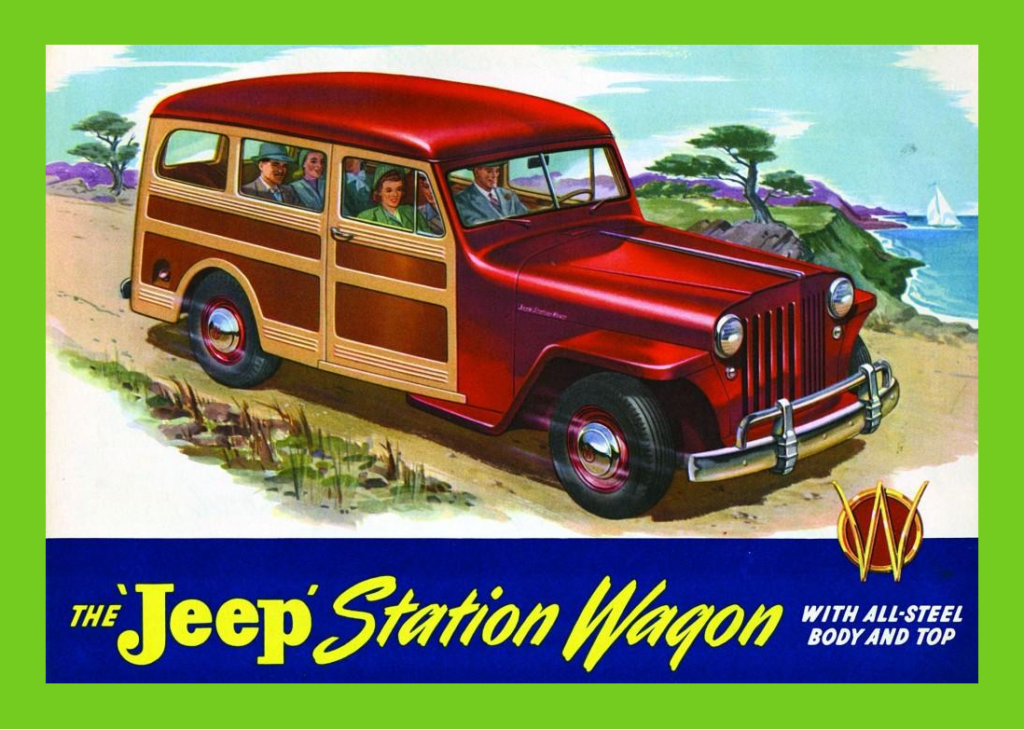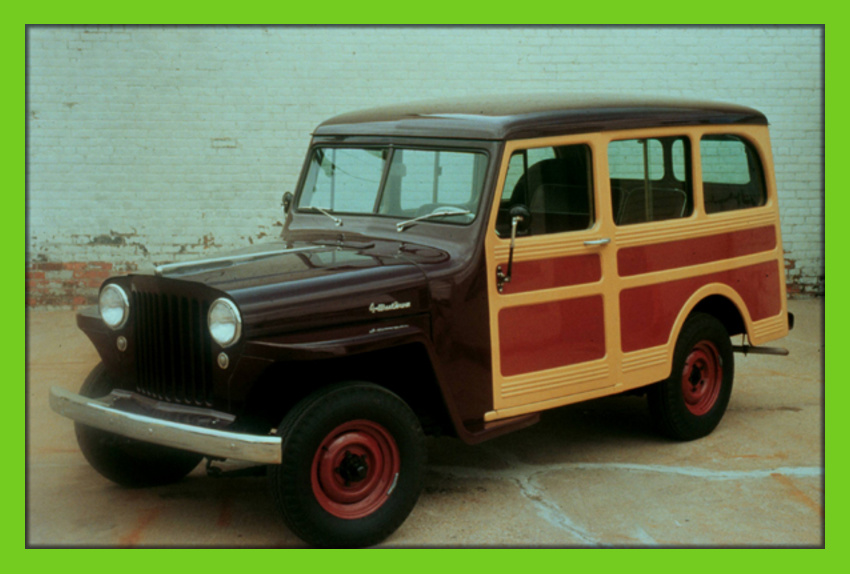Share:
Explore More Topics
Station Wagon by Jeep

The Birth of the All-Steel Station Wagon

One of the smallest automakers, Willys-Overland, produced one of the industry’s more significant innovations. The automobile industry was dominated by wood-bodied station wagons, which were heavy, expensive, and prone to rot. Willys-Overland introduced America’s first all-steel station wagon in July 1946. It featured a three-tone paintwork that simulated the “woodie” look. The no-maintenance all-steel utility vehicle was not prone to weathering, peeling or squeaks like the old style “woodies”. The Wagon’s fold-down tailgate hatch was ahead of its time. It can be credited with the origin of the “tailgate party”.
The Willys Jeep Station Wagon

The Willys Jeep Station Wagon was built on the same platform as the Willys Jeep CJ. This made it a rugged and versatile vehicle. The all-steel body was not only lighter than its wooden counterparts, but it was also resistant to rot and could withstand the rigors of daily use. This versatile vehicle was powered by the “Go-Devil” four-cylinder engine, which provided excellent performance and fuel efficiency for its time.
Impact on the Automotive Industry
The introduction of the all-steel station wagon by Willys-Overland had a significant impact on the automotive industry. The success led other manufacturers to follow suit and develop their own all-steel wagons. This competition ultimately resulted in more affordable and reliable station wagons for consumers, which helped to increase their popularity in the following decades.
The Legacy
When four-wheel drive was added in 1949, the Willys Wagon became the forerunner of the Grand Cherokee (WK). The Brooks Stevens designed Wagon was in production nearly 20 years—longer than any other contemporary American automobile of its day. The legacy of the all-steel station wagon is still be seen today in the design of modern SUVs and crossovers. The all-steel construction and versatile design sets the standard for future utility vehicles.
